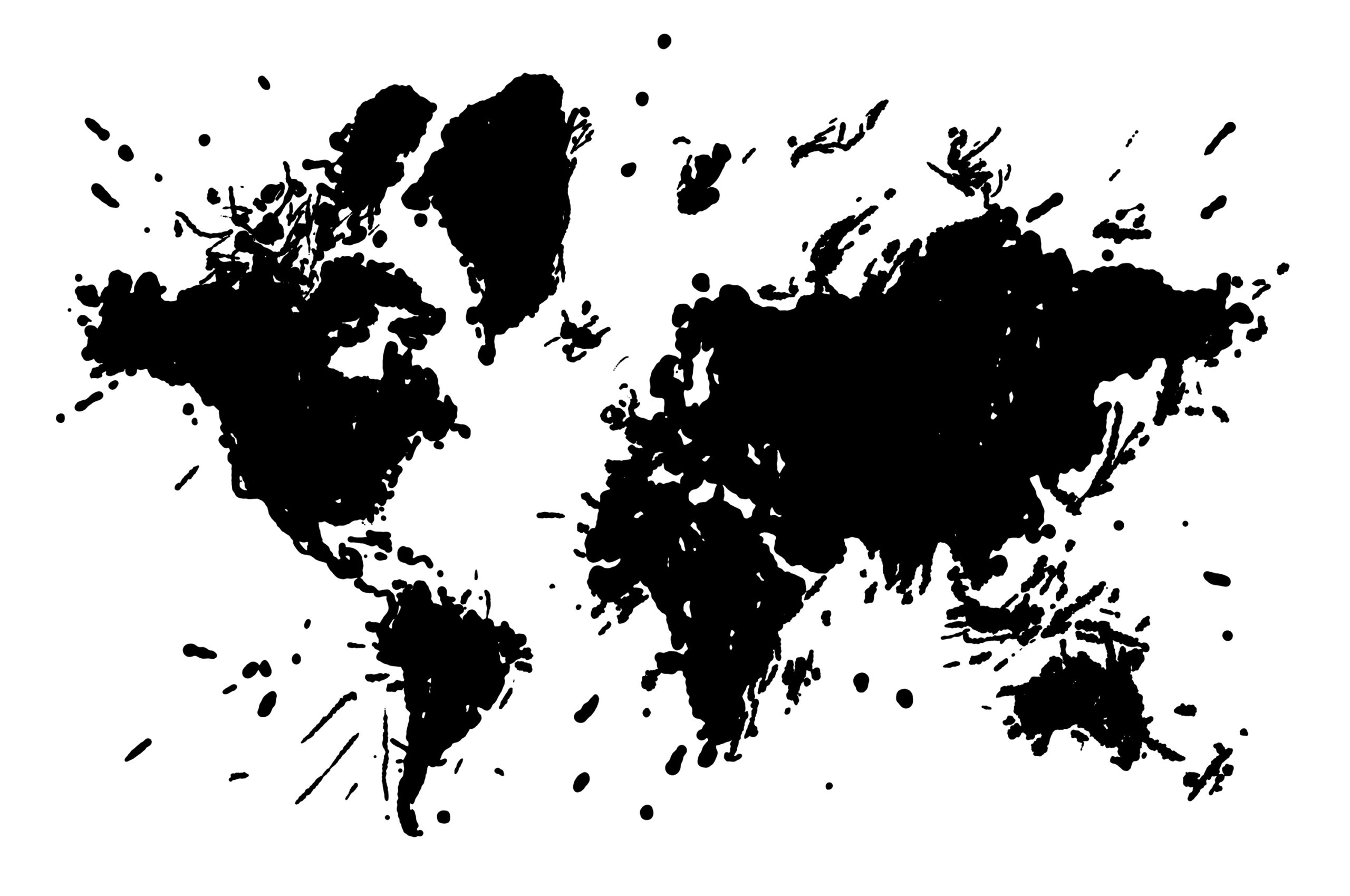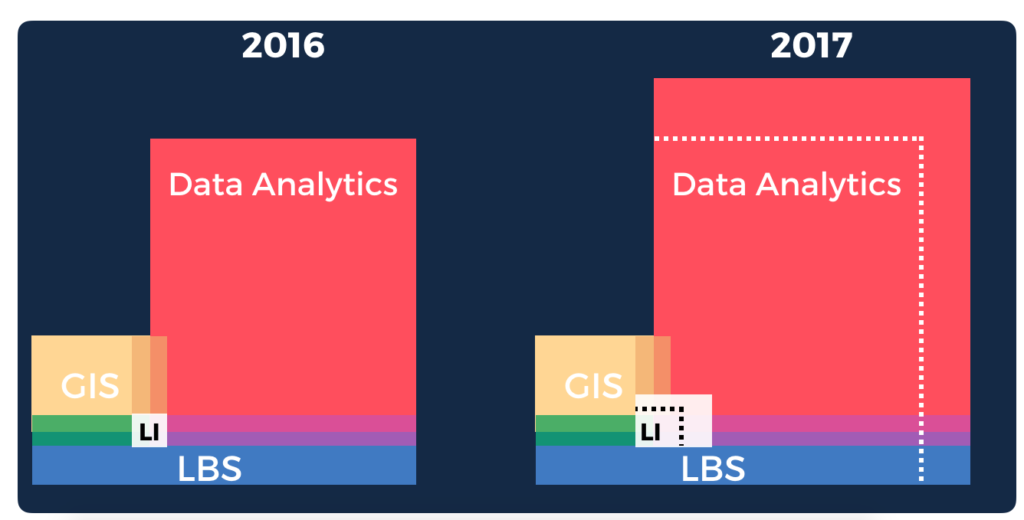
Geospatial Industry you are a Mess!
Geospatial industry look at yourself in the mirror. Be honest. What do you see?
Are you well groomed, carefully put together? Do you clearly express who and what you are?
Let me tell you what I think. You’re a mess. There I have said it.
Geospatial Industry you are a Mess!
Why, you might ask, am I being so rude; accusing the geospatial industry of being a mess? Because of a recent conversation that is why!
Let me share the story. We were approached by an organization towards the end of 2016 who had built their own in-house GIS. Intended for desktop use only, the application provided a nice set of tools. But the organization was coming under pressure from some of its clients for all device access to these tools. That means PC, laptop, smartphone and tablet. In short they needed to rebuild their solution. “We would like a Google solution if possible”, was what they stated in our first call together. We gently explained that Google would likely not be able to provide what they required. They needed an enterprise geospatial solution. They scurried off to do some research. Enterprise geospatial solution indeed.
Two weeks later they called us again. This time quite frustrated. They had trawled the web, even had direct conversations with geospatial vendors, and they were close to pulling their hair out:
“How are they different .. Esri, MapBox, Carto, Autodesk, Pitney Bowes, Boundless, Azimap? What a hideously confusing landscape, we are more confused now than ever.”
Their confusion (and frustration) is shared by many. More ‘where’ questions are now being asked. Organizations new to enterprise geospatial solutions are becoming interested. As an industry we are doing a wonderful job of confusing these potential new customers.
These are some of the questions being asked, can you provide a clear, simple answer?
- Who are you? What do you offer? How are you different? Who do you serve?
- I read you are competitive. I read you complement one another. Which is it to be?
- I have a ‘where’ problem in need of a solution. I care little about the technology. How do I find out who is best placed to answer my question, and not bore me with a ‘promise everything’ sales pitch?
- If you truly offer the best solution for my unique problem; where do I start? How do I move forward? Will you guide me?
So which solution did this organization finally choose? I’ll leave that for you to guess.








